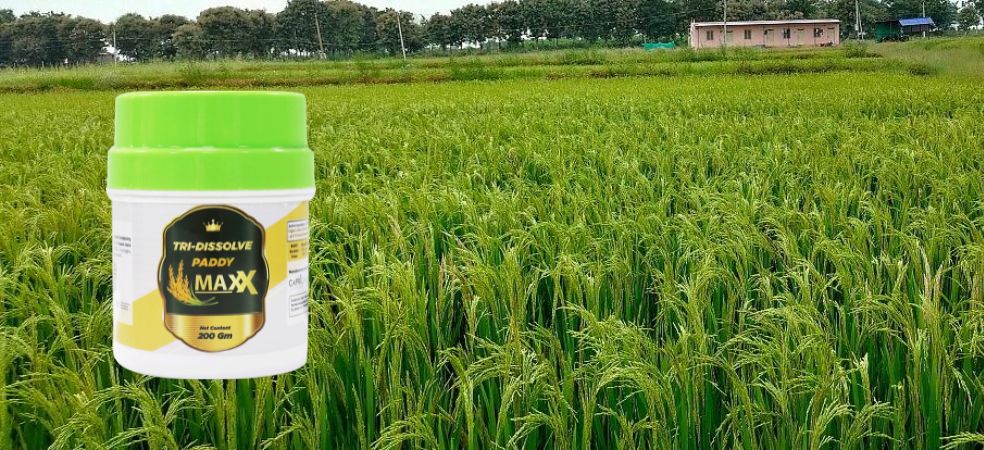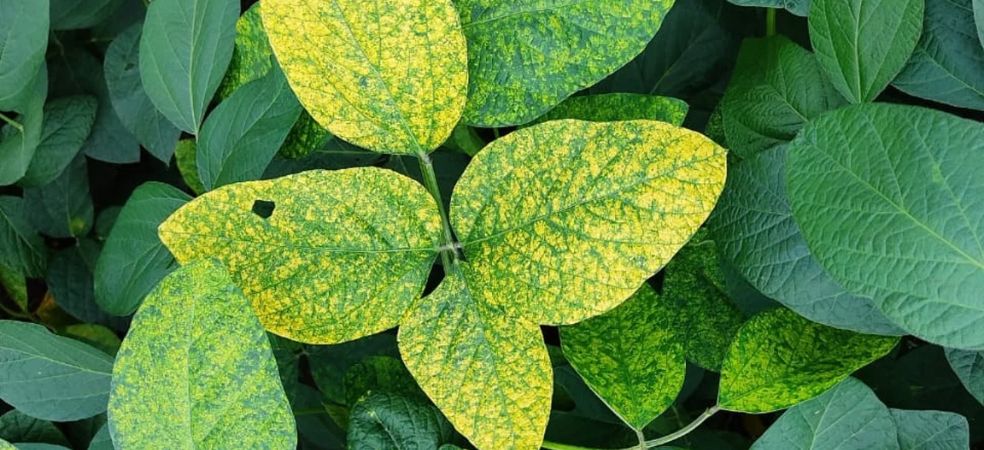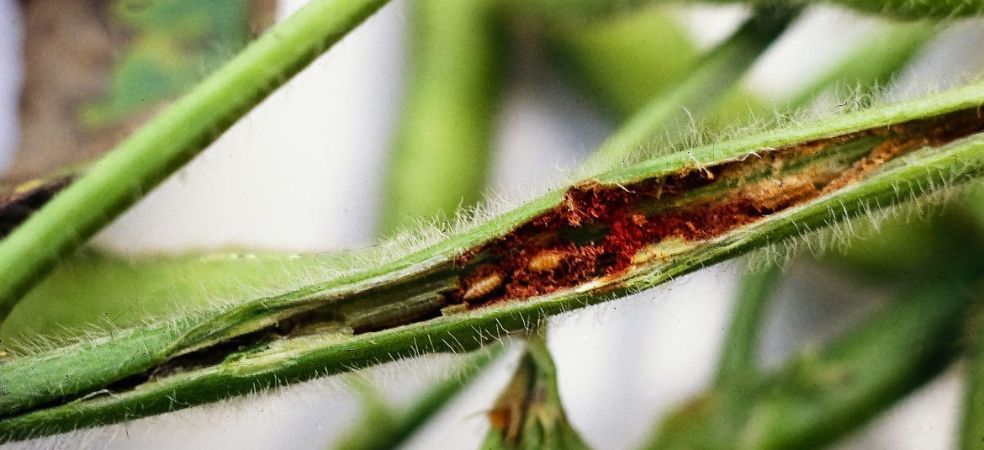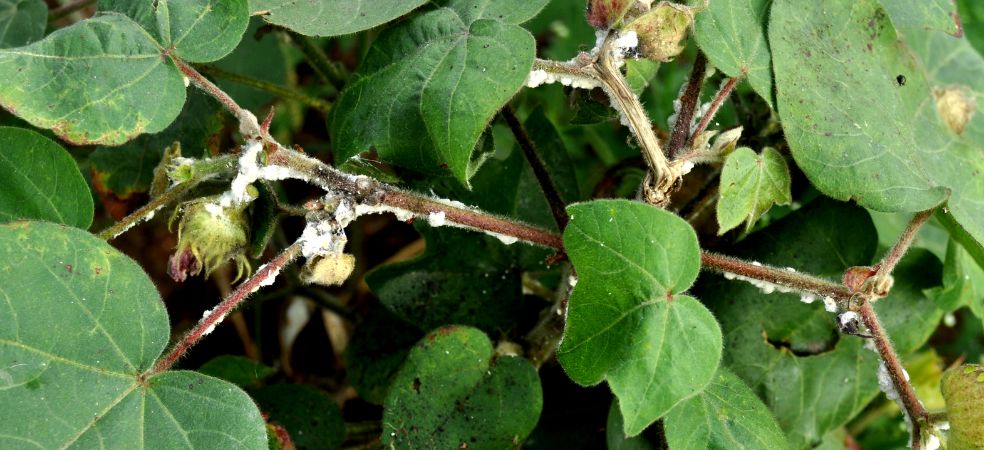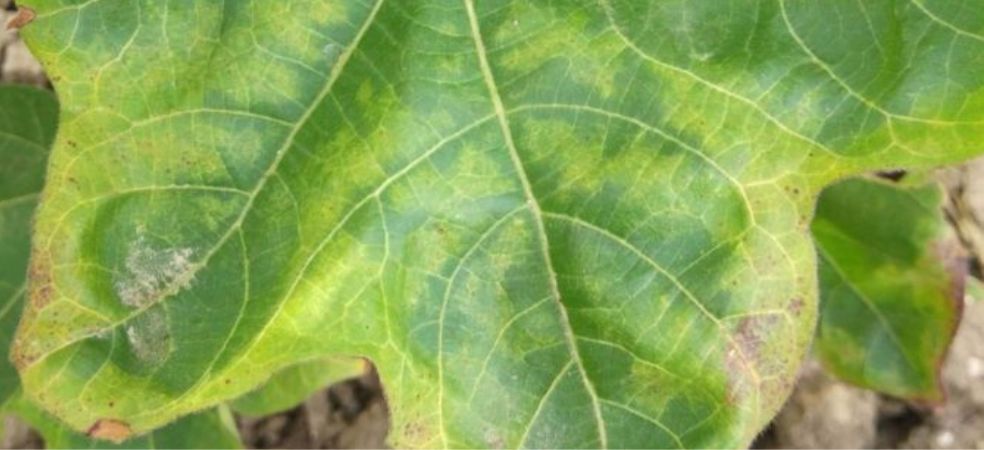In paddy, nutrient management is an important aspect, in which, proper use of chemical fertilizers, micronutrients, organic fertilizers, green-blue algae, FYM and green manure etc.
At the time of sowing or transplanting in paddy , give the remaining 1/4 of the given nitrogen at the tillering stage . If zinc sulphate is not used at the time of transplanting, then apply zinc sulphate at the rate of 10 kg per acre. Use sulphur containing fertilizers (like single super phosphate or sulphur etc.) in sulphur deficient areas. Also use Tri Dissolve Paddy Maxx for best quality of crop.
Tri Dissolve Paddy Maxx – It is a bio stimulating nutrient which contains organic carbon, potassium, calcium, other natural stabilizers, etc. It promotes healthy and vegetative growth, and promotes root development at an early stage. It also increases the amount of various nutrients. And increases the immunity of plants. Which leads to an increase in production. This product is mainly made for paddy crops.
Method of use:- Use it at the rate of 400 grams per acre and broadcast it with the nutrients given at that time. and spray 200 grams of Tri Dissolve Paddy Maxx per acre, 150 to 200 liters of water.
ShareFor more such important information related to the agriculture sector, keep reading the articles of Gramophone daily. If you liked today’s information, then do not forget to share

